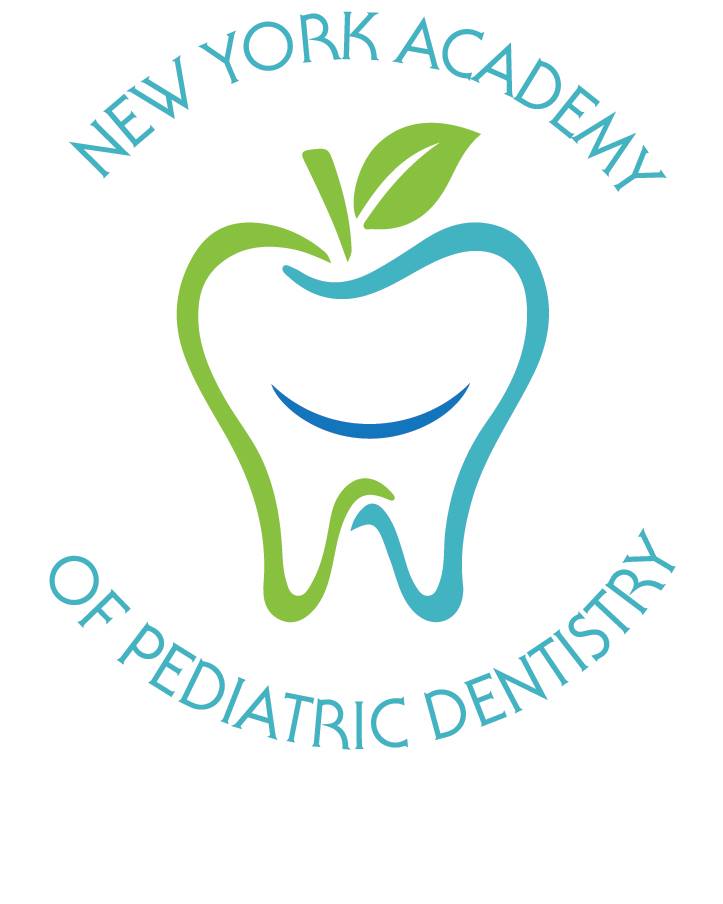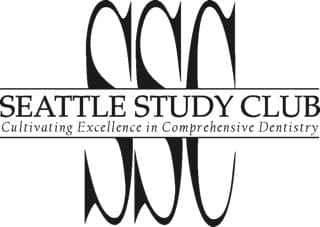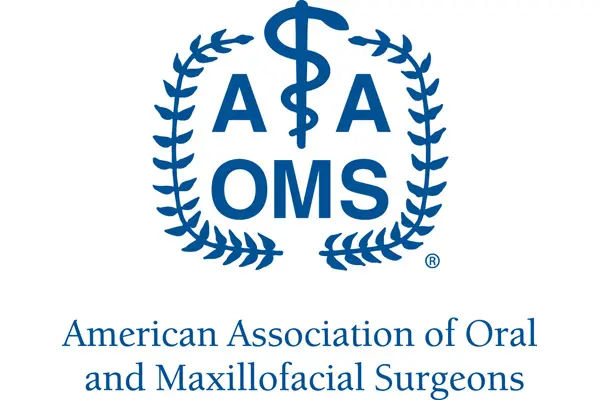Located in the Financial District of New York City, The Exchange Dental Group makes it easy to receive all the dental treatment you need in one place. Learn more about the periodontal services we provide below.

LANAP
Our board-certified periodontist, Dr. Song, graduate of Harvard University College of Dental Medicine, has decades of expertise in treating gum disease. Dr. Song uses the Laser Assisted New Attachment Procedure (LANAP), a laser procedure that represents a revolutionary advancement in the treatment of periodontal disease. The use of lasers virtually eliminates the swelling, down-time, pain, and receding gums associated with older methods.

GUM DISEASE
Gum disease, also called periodontal disease, is an infection that damages the soft tissue surrounding the tooth causing inflammation. Plaque is a film that forms on the tooth caused by bacteria. Without treatment, this plaque hardens into tartar, or calculus. It can spread below the gum line, making it hard to clean, and eventually destroy the bone that supports and holds your tooth in place leading to tooth mobility and tooth loss. The early form of gum disease is called gingivitis. At this stage, the gums can be treated and damage is reversible. Periodontitis is a more serious form of gum disease and what precedes gingivitis when bone loss occurs and damage is irreversible. A dental health professional must use special tools and techniques to remove the tartar to prevent bone destruction and stop the periodontal disease process.

CROWN LENGTHENING
A smile that shows too much gum and too little teeth, is often referred to as a “gummy smile.” A surgical procedure can be performed to improve the appearance of the smile by removing excess gum tissue and possibly bone to expose more of a tooth’s surface making the tooth appear longer. Crown lengthening is also performed when there isn’t enough tooth structure in place for a crown to attach to. By reducing gum tissue, a crown can be properly placed and firmly attached to the tooth.

DENTAL IMPLANTS
Dental implants are the gold standard in tooth replacement, offering not only functional benefits but also a natural and aesthetically pleasing result. Comprising a small, titanium, screw-like post, dental implants are surgically placed in our office by our highly skilled oral surgeon or experienced periodontist. This post acts as a sturdy anchor for the implant crown, which is custom-made to match the color and shape of your existing teeth.
The healing period of 3-6 months allows the implant to integrate with the surrounding bone, creating a stable foundation for the crown. Once the healing is complete, your general dentist will place the final implant crown. Dental implants are renowned for their durability, comfort, and ease of maintenance, providing a long-lasting solution that restores your confidence and ability to enjoy all your favorite foods.
SINUS LIFT
For patients with insufficient bone in the upper jaw, a sinus lift, also known as sinus augmentation or sinus graft, presents an effective method to prepare the area for dental implants. During this procedure, our skilled oral surgeon or periodontist carefully lifts the sinus floor through a small incision in the gum tissue. The space beneath the raised sinus is filled with bone graft material, encouraging the regeneration of lost bone and tissue. This process typically takes 4-6 months, after which the area is ready to receive dental implants.
In some cases, same-day implant placement may be possible, saving you time and reducing the overall treatment duration. Patients who undergo sinus lift surgery commonly report minimal discomfort during and after the procedure, with the assurance that their jawbone can now support a successful dental implant placement.
BONE GRAFT
A bone graft is a highly beneficial procedure when there is insufficient bone in the jaw to support a dental implant. Our experienced oral surgeon or skilled periodontist performs this procedure by carefully inserting bone grafting material into the targeted area. This grafting material encourages the growth of new bone, restoring the density and volume of your jawbone, and creating a strong foundation for dental implant placement.
During your consultation, our experts will discuss the different types of bone grafting materials available and tailor the treatment plan to suit your unique needs. Following the bone graft procedure, a healing period of 3-6 months is required for the new bone to develop adequately. Once enough bone regeneration has occurred, your jaw will be ready to receive a dental implant, setting the stage for a successful and long-lasting tooth replacement solution.
CONNECTIVE TISSUE GRAFT
A connective tissue graft, or gum graft, is performed to repair damage caused by receding gums. Gum disease is the most common reason for gums to recede. If left untreated, gum recession can lead to tooth loss due to exposure of the tooth’s root. During the procedure, healthy gum tissue is taken from another area of the mouth and attached to the exposed root to build the gum back.




















